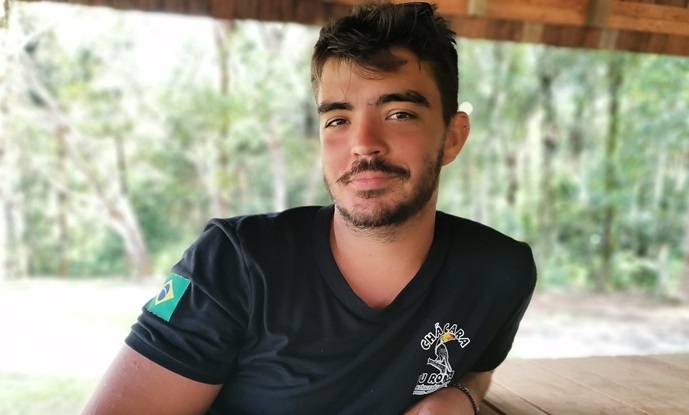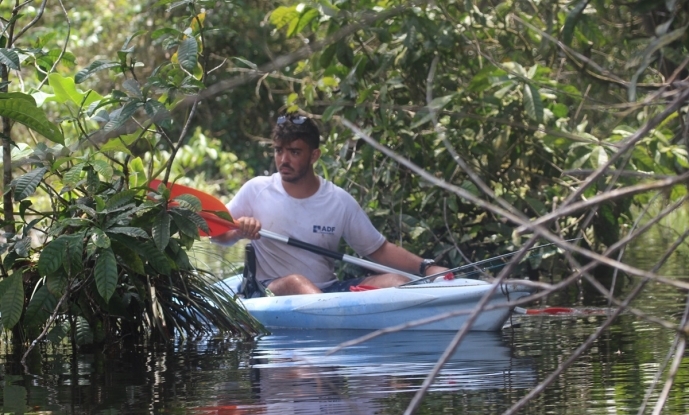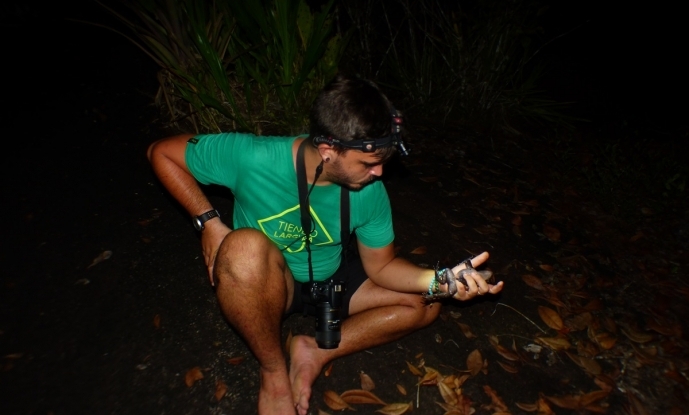Xavier Porcel
PhD Student
Details
Position
PhD Student
Member type
Students
Email
Degree
MSc
Address
CIBIO-InBIO, Universidade do Porto, Campus de Vairão, Rua Padre Armando Quintas, 4485-661 Vairão, Portugal
Groups
I am from Reunion Island, where I pursued all my academic career. After a licence in Science of life, I have obtained my Msc in Biodiversity of Terrestrial Tropical Ecosystems. I have always been deeply passionate about the herpetofauna of Madagascar, which is why I naturally decided to dedicate myself to their study. For my master's thesis, I studied the population trends of more than 40 species of amphibians in a Strict Nature Reserve. I showed that more than half of these species were in decline, even though it is a protected forest. Madagascar is facing a number of threats that are having a major impact on its rich biodiversity, which is almost unrivalled in terms of endemism. Over the last ten years, an invasive species, the Toxic Asian Toad (Duttaphrynus melanostictus), has arrived in Toamasina, the island's largest port city on Madagascar's eastern coast. This species, invasive in other parts of the world, could cause an ecological disaster in Madagascar if its spread and impact are not controlled. This is precisely the subject of my PhD. I'm going to quantify the impact of this species on Madagascar's native vertebrate communities. Firstly, I will study the competition for food resources and breeding sites between this invasive toad and native amphibians. Secondly, I will quantify the impact of this toad on native predators that naturally include frogs in their diets. Indeed, as this toad is toxic and Madagascar has almost no similar species, most of Madagascar's naive vertebrates are likely to be affected by the presence of this toad. Ultimately, this will enable us to establish priority monitoring zones, provide keys for managing this invasion, and draw up a list of priority species for ex-situ breeding programs with a view to their conservation.




